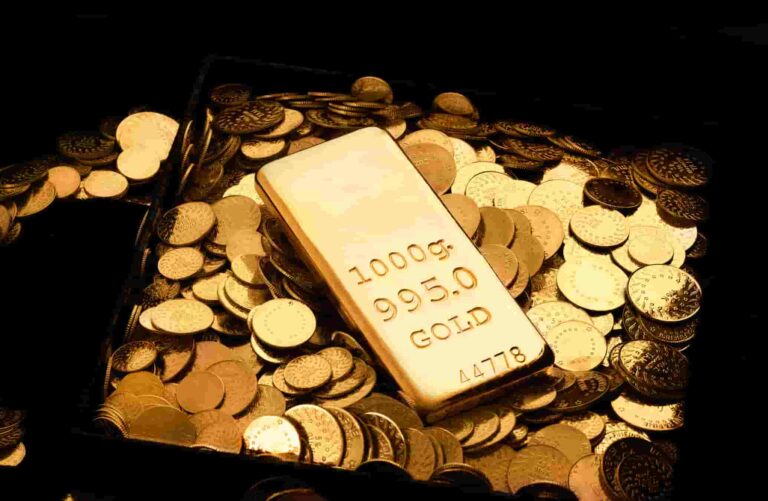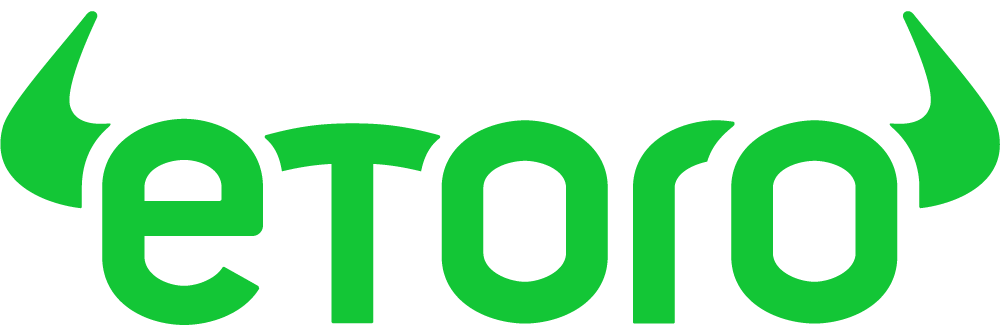While gold has had an impressive run in 2025, its momentum has stalled, with the commodity struggling to establish itself above the $3,500 mark.
However, an artificial intelligence (AI) tool now sees the yellow metal reaching the $5,000 level in the coming months.
As of press time, gold was trading at $3,375, down 0.18%, though it remains up nearly 29% year to date.

To assess gold’s potential to hit $5,000, Finbold consulted OpenAI’s ChatGPT, which analyzed data and historical insights to project that gold could trade at $5,000 between early 2027 and 2028, depending on how macroeconomic trends evolve.
Based on past performance and current global signals, ChatGPT forecasted a potential 48% rise in gold prices within two to three years under sustained bullish conditions.
The projection draws from previous bull markets, where gold saw annual growth of 25% to 30%, and current tailwinds such as central bank accumulation, geopolitical uncertainty, and a shifting monetary landscape.
Fundamentals affecting gold’s price
This outlook comes as investors navigate mixed signals. The AI tool acknowledged that a firmer U.S. dollar has recently emerged, but renewed expectations of a Federal Reserve rate cut in September have rekindled bullish sentiment in the precious metals market. Meanwhile, central banks continue to diversify away from the dollar, adding to their gold reserves and reinforcing long-term demand.
Beyond traditional financial metrics, ChatGPT emphasized geopolitics as a major catalyst for gold’s trajectory. Rising tensions in the Middle East, shifting global trade alliances, and ongoing BRICS discussions about a gold-backed currency could all accelerate upward momentum.
However, the AI model noted that a persistently strong dollar, global economic slowdown, or a shift by investors toward high-growth equities or digital assets could delay the rally beyond 2028.
At the same time, the tool stressed that gold’s fundamental appeal remains intact, as a hedge against uncertainty, currency debasement, and sovereign risk.
In summary, the tool maintained that if current macro trends hold, the $5,000 gold era may no longer be a question of if, but when.
Featured image via Shutterstock






